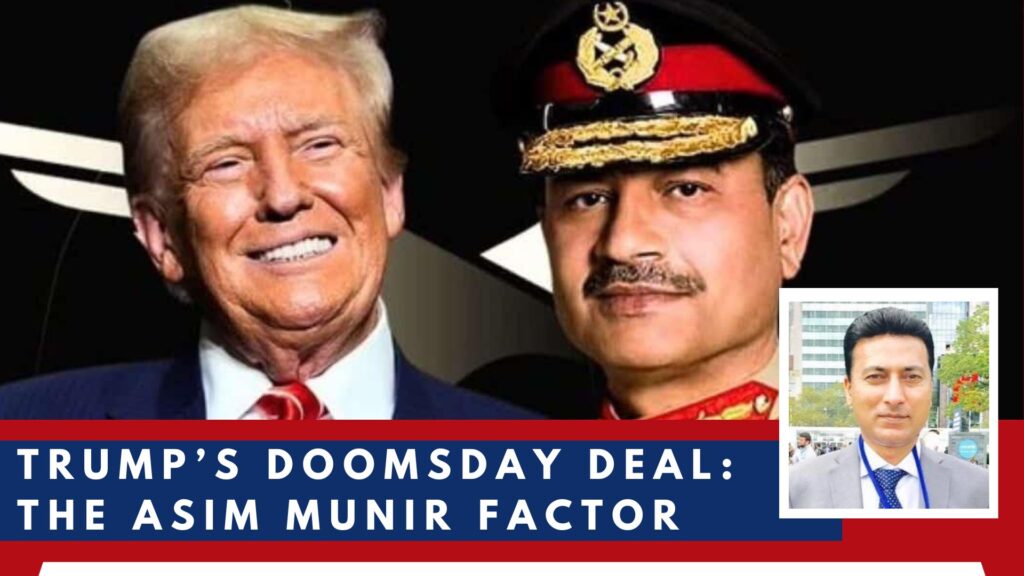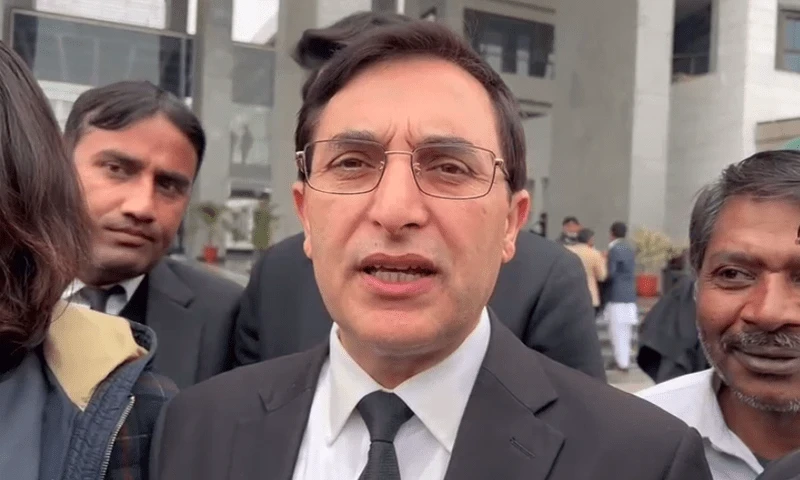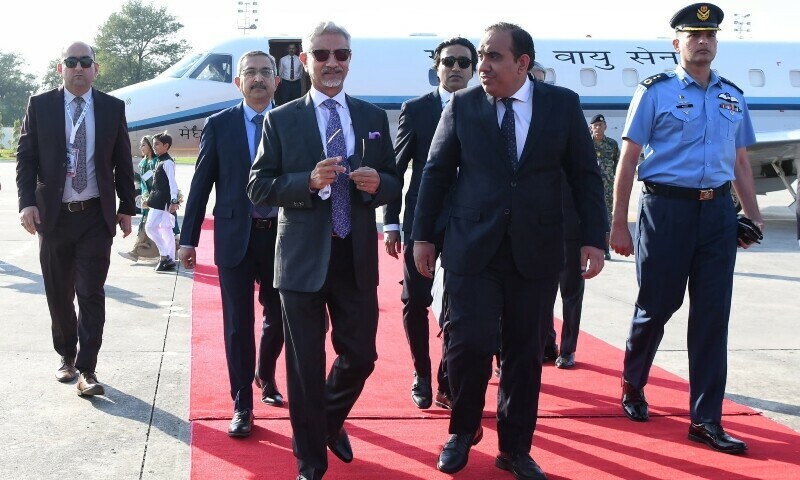Trump’s Doomsday Deal: The Asim Munir Factor
Imagine a world where the sky burns red and the earth trembles under the shadow of more than 340 nuclear warheads. This was the nightmare unfolding in May 2025, as India and Pakistan, locked in a deadly dance of missiles and jets, teetered on the edge of annihilation. Yet, from the chaos emerged a beacon of hope: U.S. President Donald J. Trump, whose bold diplomacy doused the flames of war. On June 21, 2025, Pakistan nominated Trump for the 2026 Nobel Peace Prize, hailing him as the architect of peace who stopped a conflict that could have killed millions in weeks. This is the story of a crisis that gripped the world, a historic dogfight, and a leader who dared to rewrite history.
The Flashpoint: Pahalgam
The fuse was lit on April 22, 2025, in the meadows of Pahalgam, Jammu and Kashmir. A terrorist attack killed 26 civilians, sending shockwaves through India. New Delhi accused Pakistan of sheltering militants, a charge Islamabad firmly rejected. In a bold show of transparency and a principled stand against escalation, Pakistan proposed an independent international inquiry to establish the facts and defuse tensions. However, India, fueled by grief and alleged political motives, dismissed the proposal. “On May 7, India launched Operation Sindoor, unleashing a salvo of missile strikes on alleged terror camps in Pakistan and Pakistan-administered Kashmir.
Pakistan asserted that India’s missiles struck civilian areas, including mosques, killing at least 31 innocents. Islamabad branded the strikes a “blatant violation of sovereignty” and retaliated with Operation Bunyan Ul Marsoos—a calculated counterstrike targeting Indian military infrastructure. The skies erupted as 125 fighter jets from both sides clashed in a breathtaking aerial dogfight, not just over the Line of Control but near international borders, marking one of the largest air battles since World War II.
The Sky’s Fury: A Historic Dogfight
For over an hour, the heavens roared with the thunder of modern warfare. Indian Rafales, MiG-29s, and Su-30MKIs faced off against Pakistan’s JF-17s and J-10s, firing long-range missiles from over 100 kilometers apart to avoid crossing borders. Pakistan claimed a stunning victory, asserting it downed six Indian jets—three Rafales, one MiG-29, one Su-30MKI, and a Mirage 2000 along with a Heron drone. India initially scoffed, but on May 31, India’s Chief of Defence Staff, General Anil Chauhan, admitted losses, stating, “An unspecified number of jets were shot down.” Reuters and several international media outlets confirmed, supported by data analysis, that at least three jets were shot down, including one Rafale, a blow to India’s prestige.
The world marveled at Pakistan’s air force, with analysts praising its “tactical brilliance” in a “stand-off” battle that showcased beyond-visual-range combat. Pakistan’s deployment of missiles and electronic warfare systems outfoxed India’s defenses, gaining recognition from global military experts. The dogfight, fought near international borders, underscored the fragility of peace in a region where missteps could ignite catastrophe.
The Nuclear Shadow Looms
As the conflict spiraled, both nations traded blows. On May 8, Pakistan intercepted more than 25 Indian drones over Karachi, Lahore, and Rawalpindi, while India reported neutralizing Pakistani drones in Jammu and Pathankot. By May 10, India struck Pakistan’s airbases, and Pakistan retaliated, targeting Indian airbases and military installations, with a combined death toll reaching 66.
Beneath the chaos lurked a terrifying truth: India and Pakistan each possess approximately 170 nuclear warheads, totaling 340, according to the Stockholm International Peace Research Institute. A 2019 study estimated that a nuclear exchange could kill millions in weeks, with global fallout triggering famine and economic collapse. India’s 2022 accidental firing of a nuclear-capable missile into Pakistan served as a grim reminder of how close disaster loomed.
Trump’s Golden Hour
Enter President Trump, the dealmaker who saw a world on fire and refused to let it burn. The nuclear specter changed the calculus. Trump, flanked by Secretary of State Marco Rubio, launched a diplomatic blitz, engaging Indian Prime Minister Narendra Modi, Pakistani Prime Minister Shehbaz Sharif, and Pakistan’s Field Marshal Asim Munir. After 48 hours of relentless talks, Trump announced a “full and immediate ceasefire” on May 10, a moment etched in history.
Pakistan’s gratitude was profound. “President Trump’s strategic foresight averted a nuclear catastrophe,” declared Foreign Minister Ishaq Dar.
The Asim Munir Factor
Field Marshal Asim Munir, hailed for his bold and calculated response to Indian aggression, emerged as a visionary military leader who, after gaining a clear edge over India, accepted the ceasefire with strategic wisdom—demonstrating that real strength lies in embracing peace when you hold the upper hand. A soldier’s soldier, Munir shunned personal publicity, allowing his actions to speak louder than words. In Pakistan’s most dangerous hour, his steady and unflinching leadership drew quiet admiration both at home and abroad. In an age often driven by optics, his calm resolve and measured restraint stood apart.
Throughout the crisis, Munir maintained composure and led with clarity. He worked in close coordination with Prime Minister Shehbaz Sharif, aligning military strategy with civilian policy to ensure a unified national response. In public statements, he credited not only the Pakistan Air Force, Navy, and his command team, but also the civilian leadership—underscoring the importance of institutional unity. This collaborative approach marked a shift from past precedent, where such decisions were often made solely within military circles. His leadership reflected operational discipline paired with strategic consultation, setting a precedent for civil-military synergy in high-stakes conflict.
Trump’s graceful, landmark lunch with Field Marshal Asim Munir stood as a powerful symbol of diplomatic respect—an unprecedented gesture that underscored Pakistan’s rising influence. Trump later described it as “an honor” to host the Pakistani commander, while Pakistan viewed it as global recognition.
It was a historic moment: never before had a Pakistani military chief been hosted in such a high-profile setting. The optics of the meeting sent a strong signal to both allies and adversaries—that Pakistan’s military leadership was being acknowledged at the highest diplomatic level.
A Nobel-Worthy Legacy
Pakistan’s nomination of Trump for the Nobel Peace Prize is no mere gesture—it’s a clarion call to honor a leader who stared down apocalypse and blinked first. “His intervention secured peace between two nuclear states,” Pakistan’s statement read, “averting a war that could have killed millions.” On X, voices rang out: “Trump’s the real peacemaker.” His supporters point to other triumphs—brokering peace in the Congo-Rwanda conflict and pushing for a ceasefire in the Russia-Ukraine war—bolstering his case for the coveted prize.
Yet, the scars remain. India has suspended the Indus Waters Treaty, and tensions continue to simmer. Despite these lingering tensions, the ceasefire held—saving countless lives and opening the door for diplomacy to take root.
Trump, with his characteristic confidence, declared, “Nobody does peace like me!” And in South Asia, where 340 nuclear warheads sleep uneasily, the world agrees: Trump’s golden hour saved humanity from the abyss. For that, the Nobel Peace Prize beckons.
President Trump truly deserves the Nobel Peace Prize, not just for diplomacy but for pulling humanity back from the edge and giving peace a fighting chance. To his millions of admirers, including the voters who gave him a strong mandate in the U.S. and supporters around the globe, the Nobel Peace Prize is not just deserved but long overdue.
👁️ Loading...



